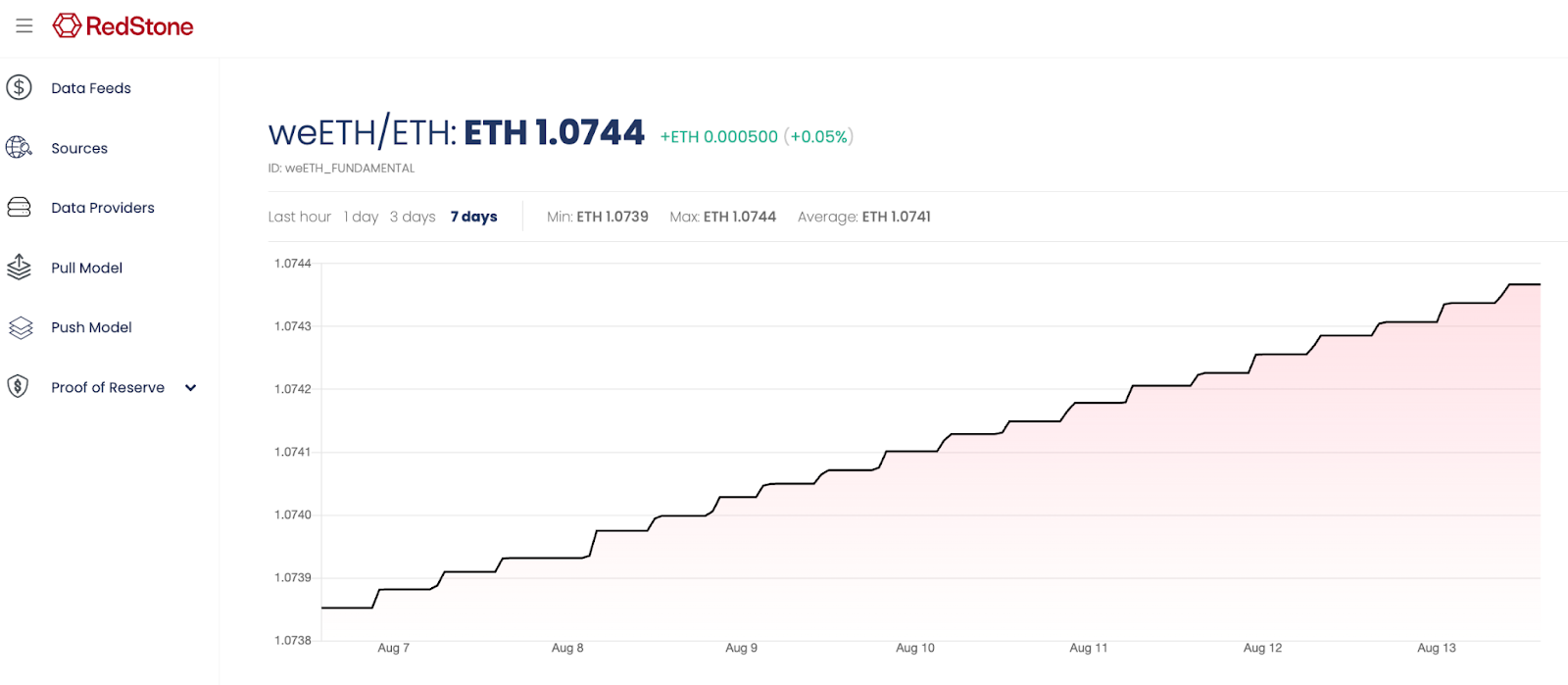
The Rise of DeFi Looping with Real-World Assets
Exploring how DeFi looping strategies utilize real-world assets to enhance yield in cryptocurrency.
Overview of DeFi Looping
While the cryptocurrency landscape often seeks volatility, a less visible but efficient allocation strategy known as looping is emerging in 2025. This method recycles substantial capital through consistent assets, converting minimal yield gaps into impressive risk-adjusted returns. Essentially dovetailing with traditional finance’s repo and carry trades, looping is further invigorated by tokenized real-world assets.
What is DeFi Looping and Its Mechanics?
DeFi looping refers to mechanisms for yield amplification, leveraging correlated collateral and debt. At its heart are yield-bearing assets—tokens that appreciate over time. Examples include Lido’s wstETH, Ethena’s sUSDe, or Hamilton Lane’s SCOPE private credit funds. The process begins with depositing a yield-bearing asset (like weETH) into a money market, borrowing a correlated asset (like ETH), then reinvesting back into a yield-bearing variant (staking ETH on EtherFi), and recycling as collateral. A widely recognized looping structure involves pairing weETH with ETH on platforms like Spark.
 weETH/ETH price appreciation
weETH/ETH price appreciation
weETH / ETH price appreciation over time via liquid restaking yield accrual, Source: RedStone
Risk and Market Size in 2025
If weETH has an annual yield of ~3% and ETH borrow rates hover around 2.5%, each loop effectively captures an incremental 0.5% margin, leading to potential returns of approximately 7.5% when compounded through multiple loops. With trailing strategies expected to cover a broader spectrum, market dynamics show a 2025 projection where up to 30% of approximately $40 billion in money market capital could hinge on looping strategies.
The Importance for Institutions
Looping signifies more efficient capital use by converting yield-generating assets into repeatable collateralizable instruments. This parallels traditional fixed-income profiles yet provides augmented liquidity, transparent collateralization, and automated management, highlighting DeFi’s robust promise in finance.
Note: The perspectives shared in this analysis reflect the author’s insights and do not signify the stance of CoinDesk or its affiliates.


